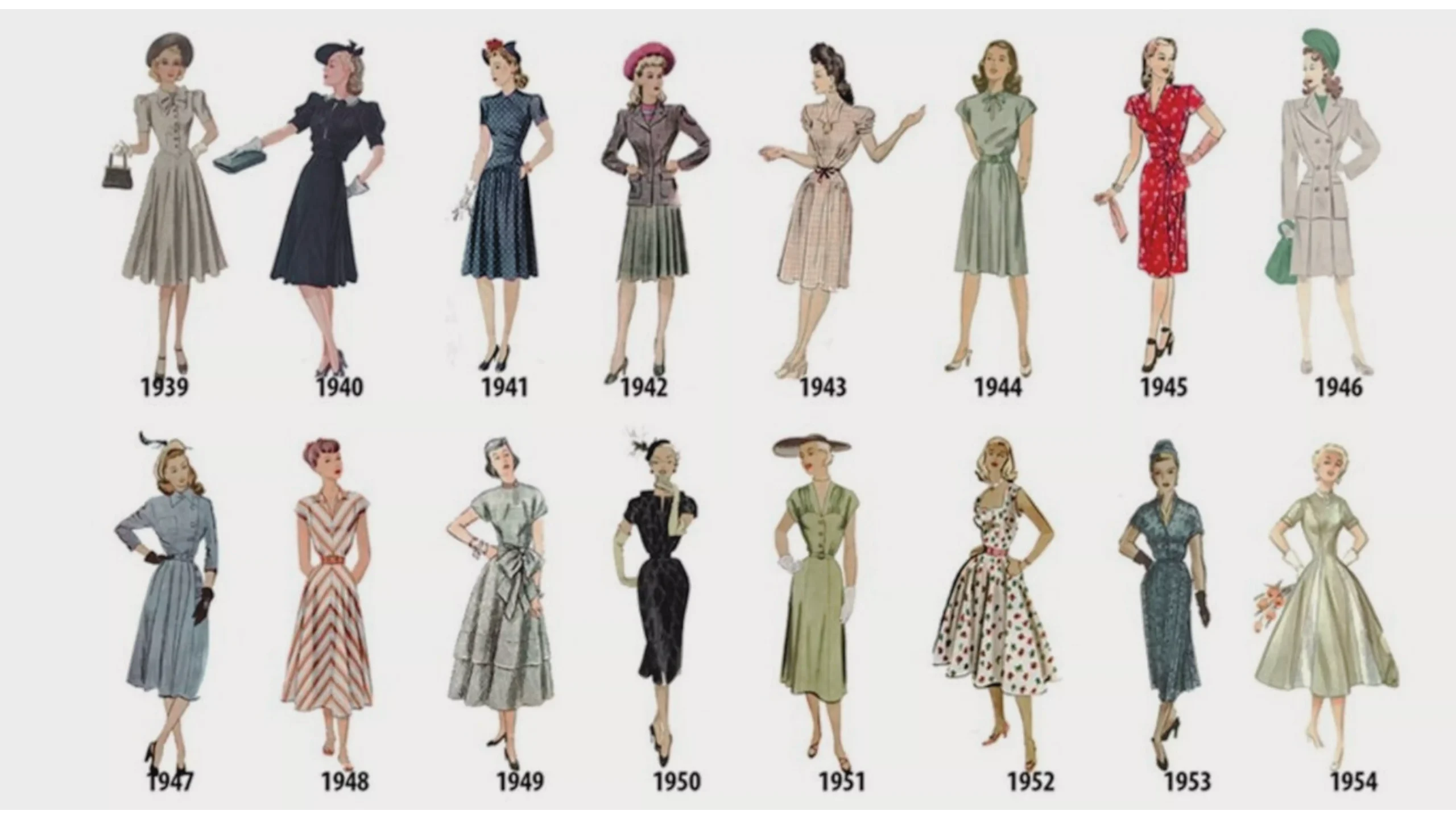The Dutch fashion scene, with its rich tapestry of history, innovation, and cultural shifts, presents a fascinating journey from traditional garments to cutting-edge designs. This article explores the transformative path of Dutch fashion, highlighting key figures, events, and trends that have shaped its current landscape.
The Roots of Dutch Traditional Clothing
Characteristics of Classic Dutch Garments
Dutch traditional clothing, known for its practicality and distinctive aesthetic, features elements like the iconic wooden shoes (klompen), beautifully embroidered bonnets, and the use of heavy, durable fabrics. Each piece reflected the social status and region of the wearer, playing a vital role in social and cultural identity.
Regional Variations and Their Historical Significance
From the fishing villages of Volendam to the pastoral fields of Zeeland, each region boasted its unique style that varied in color, material, and design. These garments not only served practical purposes but also helped preserve local traditions and crafts that are still celebrated in festivals today.
Influential Dutch Fashion Icons and Designers
Pioneers of Early Dutch Fashion
The Dutch fashion lineage includes iconic figures like Mart Visser, whose work brought Dutch design to the global stage in the late 20th century, blending traditional influences with contemporary flair.
Contemporary Dutch Designers Making Waves Globally
Today, designers such as Iris van Herpen and Viktor & Rolf challenge the boundaries of fashion with their innovative use of materials and technology, gaining international acclaim and redefining what fashion can be.
Key Historical Events Shaping Dutch Fashion
The Impact of the Dutch Golden Age on Fashion
During the Dutch Golden Age, the Netherlands experienced a surge in wealth that influenced fashion significantly. Luxurious fabrics and opulent designs became symbols of wealth and status, setting a foundation for the country’s fashion evolution.
Modern Influences: World Wars to Globalization
The 20th century brought profound changes with the World Wars, as scarcity led to innovation in materials and styles. Later, globalization introduced new fashion influences, merging international trends with Dutch sensibilities.
The Transition from Traditional to Modern Dutch Fashion
Key Factors in the Evolution
The transition from traditional to modern fashion in the Netherlands was driven by urbanization, economic changes, and a growing middle class, which shifted fashion from functional to a form of self-expression and art.
The Blend of Old and New in Today’s Fashion
Modern Dutch fashion often reflects a blend of its rich heritage with contemporary design, seen in the resurgence of interest in folk patterns and the modern reinterpretation of traditional fabrics.
The Role of Dutch Fashion Weeks
Amsterdam Fashion Week as a Cultural Hub
Amsterdam Fashion Week has become a pivotal platform for Dutch designers to showcase their work, reflecting both the historical depth and innovative future of Dutch fashion.
The Influence of These Events on Local and Global Fashion
These fashion weeks not only spotlight local talent but also attract international attention, helping Dutch fashion maintain its place on the global stage.
Sustainability in Dutch Fashion
Pioneering Sustainable Practices
The Netherlands has been at the forefront of integrating sustainability in fashion, with Amsterdam aiming to become
the green capital of fashion. Initiatives like the “Green Fashion Week” and “Dutch Sustainable Fashion Week” highlight local efforts to combine high fashion with environmental consciousness.
Leading Sustainable Brands in the Netherlands
Brands like G-Star RAW and Studio JUX are leaders in sustainable fashion, using organic materials and ethical production methods. Their global presence not only promotes Dutch design but also sets a standard for sustainability in the fashion industry.
The Global Influence of Dutch Fashion
Dutch Brands on the World Stage
Dutch fashion brands have carved out significant niches in international markets. Labels like Scotch & Soda and Suitsupply have become synonymous with quality and style, appealing to a global audience looking for unique, well-crafted pieces.
International Collaborations and Recognition
The collaboration between Dutch designers and international brands has also heightened the Netherlands’ profile in the fashion world. These partnerships often lead to innovative collections that blend Dutch design sensibilities with global trends.
The Future of Dutch Fashion
Trends to Watch
The Dutch fashion industry continues to evolve, with growing interests in digital fashion, 3D printing, and AI-driven designs. These technologies are set to redefine the possibilities of fashion, making it more accessible and customized.
The Continuing Impact of Technology on Dutch Fashion
With Amsterdam’s thriving tech scene, Dutch fashion is uniquely positioned to leverage cutting-edge technology to drive design, production, and distribution processes. This intersection of technology and fashion promises to keep the Netherlands at the forefront of the fashion industry.
Conclusion
The journey of Dutch fashion from its traditional roots to a modern powerhouse reflects broader cultural, economic, and technological shifts. As Dutch fashion continues to innovate and adapt, it remains a significant player on the global stage, true to its heritage yet always looking forward. By embracing sustainability and technology, Dutch fashion not only adapts to contemporary needs but also leads in defining the future of the industry.
FAQs
How has traditional Dutch clothing influenced modern fashion designs?
Traditional Dutch elements are often reimagined in modern designs, incorporating traditional patterns, colors, and fabrics in contemporary ways.
What role do Dutch fashion weeks play in the global fashion industry?
Dutch fashion weeks serve as critical platforms for showcasing the innovation and creativity of Dutch designers, helping to integrate Dutch fashion into the global market.
Why is sustainability considered important in Dutch fashion?
Sustainability addresses the environmental impacts of fashion production and consumption, and Dutch designers are leaders in implementing sustainable practices as a core part of their design philosophy.
Can you name some Dutch fashion designers who have gained international fame?
Designers like Iris van Herpen and Viktor & Rolf are renowned worldwide for their innovative and boundary-pushing designs.
What future trends are expected in Dutch fashion?
Future trends include increased use of sustainable materials, greater integration of technology in fashion design, and continued emphasis on ethical production practices.



